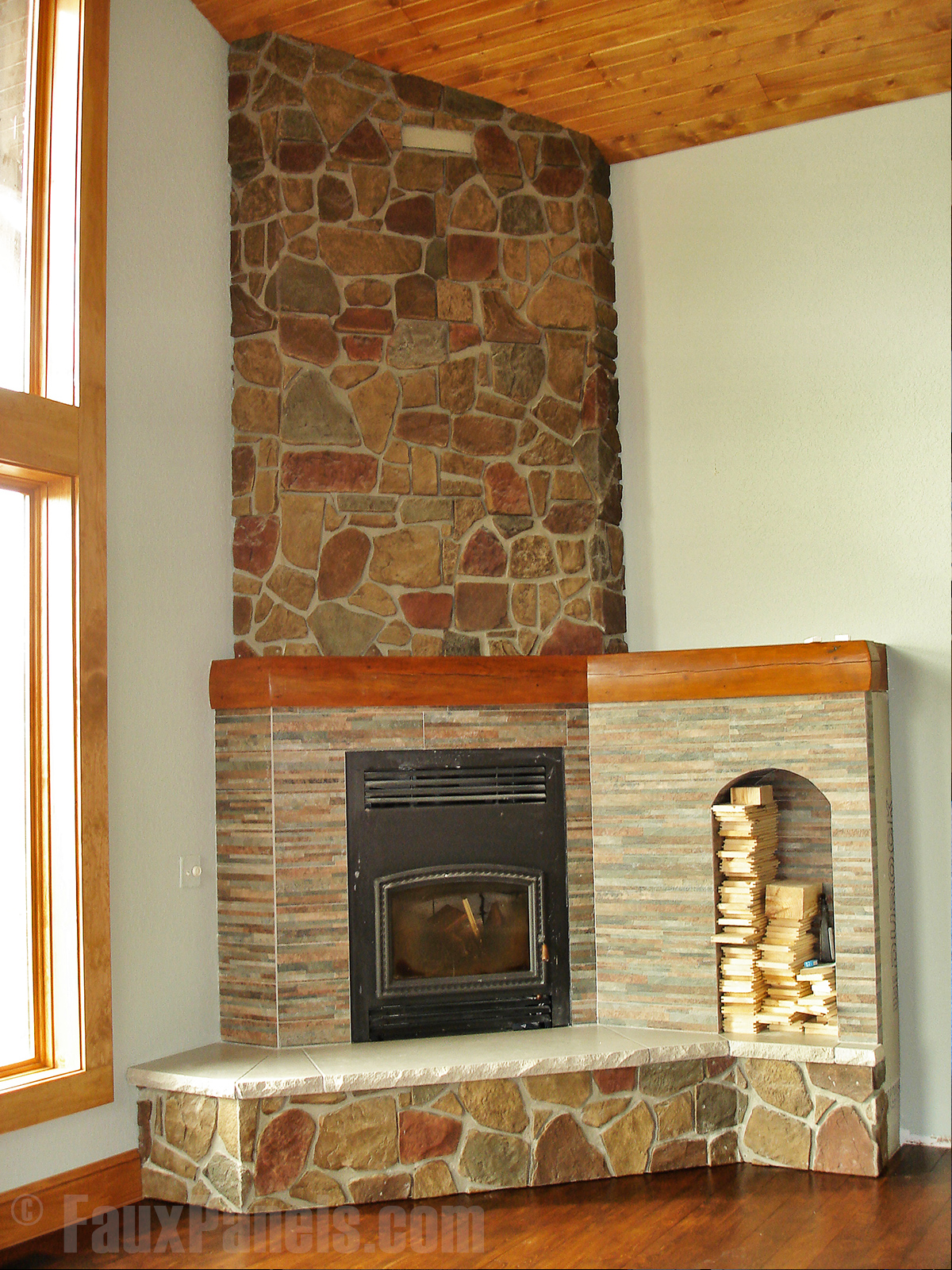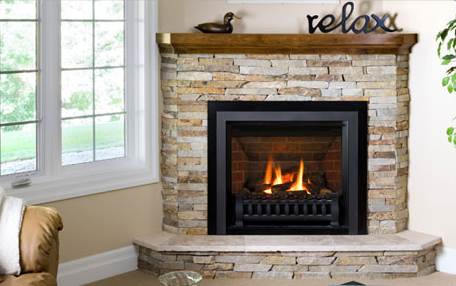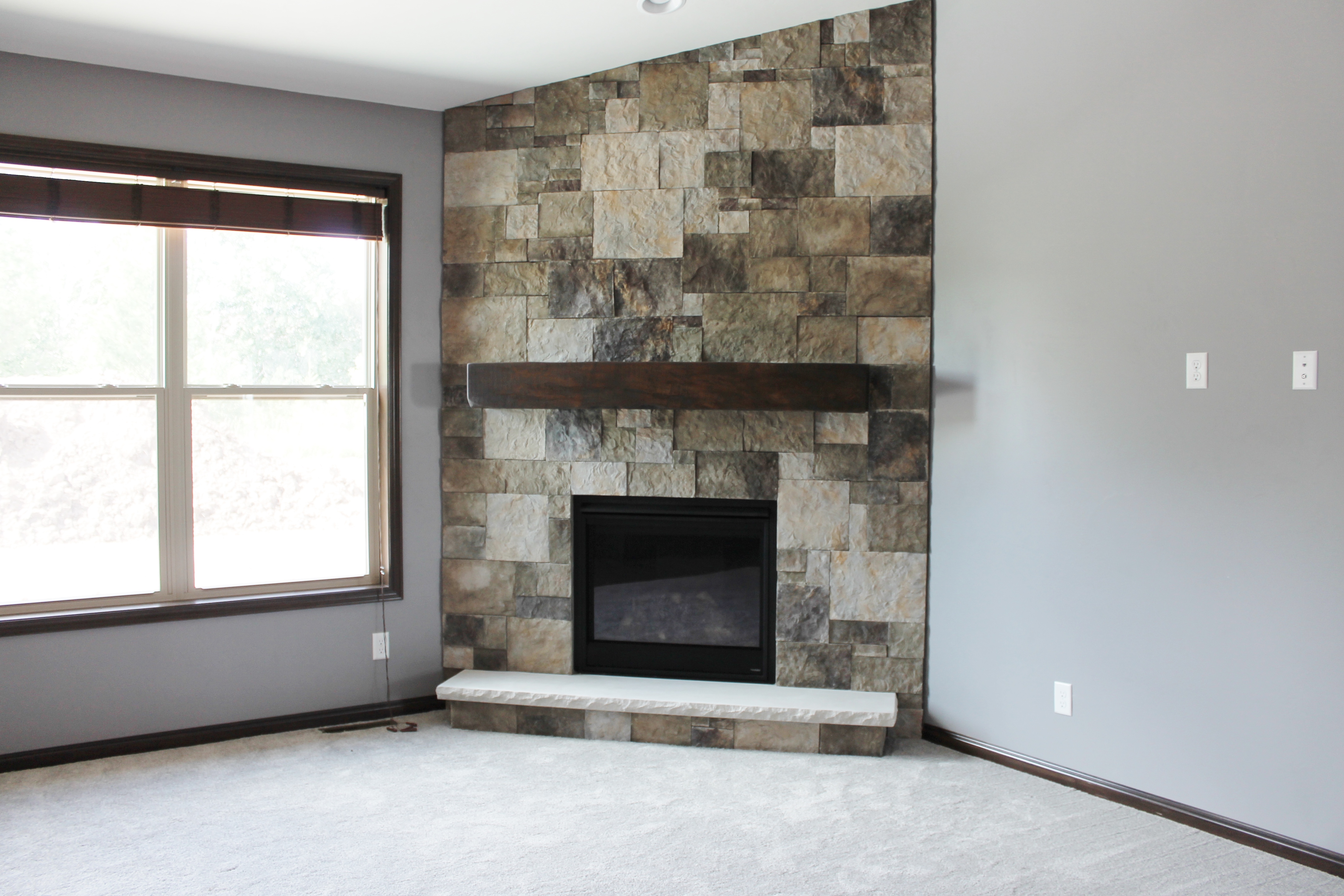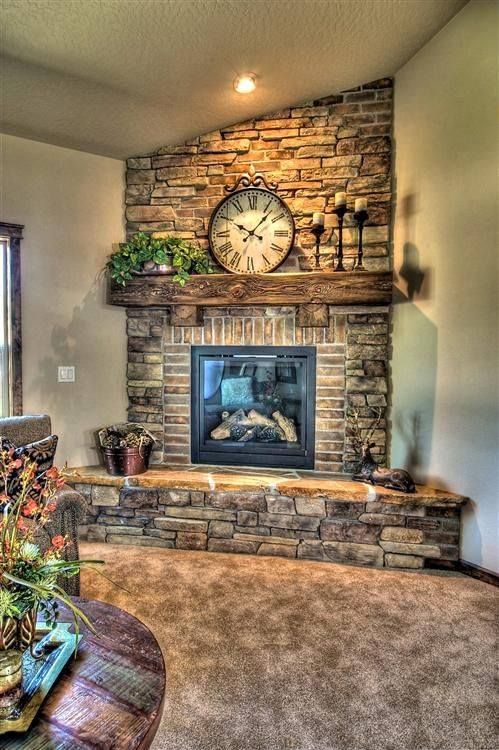Corner fireplace hearths offer a smart solution for homes where space is limited or the layout demands creative placement. These angular designs turn underutilized corners into cozy focal points while providing efficient heat distribution throughout the room. From traditional masonry to modern linear styles, corner hearths can be tailored to suit various architectural preferences and functional needs. Let’s examine the aspects of corner fireplace hearth design, helping you create a beautiful and practical heating feature that complements your living space.
Traditional Masonry Corner Hearth Designs
Brick and stone corner hearths bring classic charm to traditional interiors. The angled design naturally draws attention while making efficient use of space that might otherwise go unused. Masonry materials allow for custom shaping to fit exact corner dimensions, with craftsmen often creating curved or faceted edges for visual interest. These substantial hearths typically extend 16-20 inches into the room, providing both safety clearance and additional seating space.
Traditional corner fireplaces often feature a triangular or trapezoidal firebox opening that maximizes the viewing area. The masonry construction absorbs and radiates heat effectively, with many designs incorporating brick or stone that continues up the wall as an accent. Corbelled brickwork—where successive courses project slightly—adds depth and shadow lines that enhance the architectural character. A raised hearth offers practical benefits, keeping firewood contained and providing a perch for warming cold feet.
For period-style homes, corner hearths can replicate historical details like carved stone lintels or decorative brick patterns. Many traditional designs include built-in niches or shelves alongside the firebox for storing logs or displaying decor. The mantel area often follows the corner angle, creating a natural spot for displaying artwork or mirrors that reflect light throughout the room. These thoughtful details transform a simple corner into a richly textured focal point.
Modern Linear Gas Fireplace Options
Contemporary corner hearth designs frequently feature linear gas fireplaces that emphasize clean lines and minimalist aesthetics. These sleek units fit flush into corners with narrow profiles that don’t dominate the room. Many models extend along both walls equally, creating balanced symmetry, while others angle more prominently in one direction for dynamic asymmetry. The fire display typically runs the full length of the unit, providing maximum visual impact.
Modern corner hearths often use floating designs with concealed bases for an airy, weightless appearance. Materials like matte black steel, tempered glass, or thin stone veneers create sharp geometric statements. Some linear designs incorporate two-sided glass that allows viewing from adjacent seating areas, effectively serving multiple spaces. Built-in LED lighting beneath the hearth or along the firebox edges enhances the contemporary look while providing ambient illumination.
These gas fireplace systems offer practical advantages in corner installations. Venting can often be routed directly through an exterior wall, simplifying installation compared to traditional chimneys. Many models include remote controls or smart home integration for convenient operation. The clean-burning nature of gas eliminates ash and soot concerns, making these hearths particularly suitable for corners near furniture or high-traffic areas.
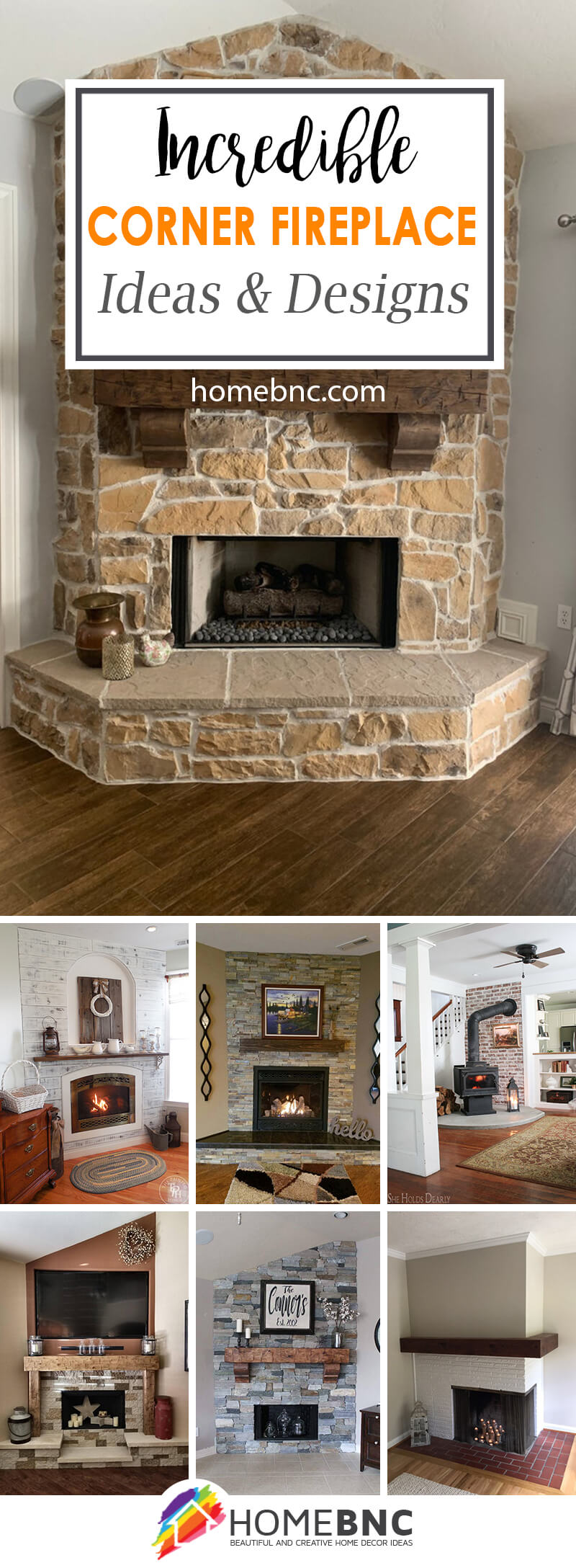
Space-Saving Electric Corner Solutions
Electric corner fireplaces provide heating ambiance without requiring venting or structural modifications. These compact units fit into tight corners where traditional fireplaces wouldn’t be feasible, some measuring as little as 12 inches deep. Many models feature wall-mounted designs that float above the floor, preserving valuable square footage in small rooms. Plug-and-play installation makes them ideal for renters or quick seasonal setups.
Modern electric corner hearths convincingly mimic real flames using LED technology and reflective elements. Some models incorporate water vapor systems that produce realistic smoke effects without actual combustion. The heating elements typically offer adjustable thermostats and timers, allowing the unit to function as either a primary heat source or decorative accent. Built-in media compartments in some designs enable the fireplace to double as an entertainment center.
Design options range from minimalist metal frames to elaborate surrounds that mimic traditional mantels. Corner-specific electric fireplaces often have angled fronts that neatly meet both walls, while some modular systems allow you to configure the angle precisely to your space. Many include customizable flame colors and brightness settings, enabling you to match the ambiance to different occasions or times of day.
Rustic Wood-Burning Corner Installations
For cabins and rustic homes, corner wood-burning hearths create an authentic, hearty atmosphere. These designs often use natural stone or rough-hewn logs for the surround, blending with woodland architectural styles. The corner placement allows heat to radiate in two directions, efficiently warming open-concept spaces. Many rustic designs incorporate generous hearth extensions that serve as informal seating during gatherings.
The firebox in rustic corner hearths typically features a wide opening to accommodate larger logs. Some designs include built-in log storage nooks or metal brackets for hanging cooking implements, recalling historical cooking hearths. Soapstone or firebrick linings help retain and slowly release heat long after the fire burns down. Exposed beam mantels and wrought iron hardware complete the rugged aesthetic.
Safety considerations are particularly important with wood-burning corner units. Non-combustible flooring should extend well beyond the hearth perimeter, and proper clearances must be maintained from nearby walls and furnishings. Many rustic designs solve this by using stone or tile “rugs” that define the safe zone while adding to the natural aesthetic. A well-designed damper system and properly sized flue ensure good draft and minimize smoke issues in the corner location.
Multi-Sided Corner Hearth Concepts
Advanced corner hearth designs sometimes incorporate glass on two or three sides, creating a dramatic centerpiece visible from multiple angles. These panoramic fireplaces work particularly well in open floor plans, dividing spaces without creating visual barriers. The extended glass surfaces maximize both the view of flames and the heat output into surrounding areas.
Three-sided corner installations require careful engineering to maintain structural integrity while allowing expansive views. Many use suspended metal frameworks or tension rod systems to support the glass panels safely. Some designs angle the glass sharply to create prism-like effects, while others use gently curved panels for softer transitions. These installations often become the architectural highlight of contemporary homes.
Venting for multi-sided corner fireplaces can be creatively concealed within walls or routed through the ceiling. Many high-end models use direct-vent technology that pulls combustion air from outside while expelling exhaust, maintaining excellent indoor air quality. The increased glass surface does require more frequent cleaning to maintain clarity, but the stunning visual payoff justifies the extra maintenance for many homeowners.
Hearth Material and Finish Options
Corner hearths can be finished with nearly any material that suits the room’s decor. Tile offers endless pattern possibilities, from classic subway layouts to intricate mosaics that accentuate the angularity. Large-format porcelain slabs create seamless modern looks, while hand-painted tiles add artisanal charm. The corner’s converging lines provide natural opportunities for creative tile layouts and border accents.
Natural stone veneers bring organic texture to corner hearths. Stacked slate or ledgestone creates rugged appeal, while smooth-cut marble or limestone offers refined elegance. Many stone options come in corner-specific kits with pre-cut pieces that simplify installation. The stone’s natural color variations help disguise soot or ash marks in wood-burning applications.
Concrete hearths provide urban-industrial appeal with customizable finishes. Polished concrete offers a sleek, contemporary look, while textured or acid-washed versions add visual interest. Concrete can be pigmented to match room colors or left in its natural gray state. The material’s thermal mass properties make it particularly effective at absorbing and radiating heat from the fireplace.
With thoughtful design and proper installation, a corner fireplace hearth becomes more than just a heat source—it transforms an overlooked space into a inviting gathering spot. The angular placement creates natural intimacy while maintaining open sightlines in the room. Whether opting for traditional craftsmanship or cutting-edge technology, a well-executed corner hearth delivers both functional warmth and aesthetic appeal that
Best DIY Corner Fireplace Ideas for a Cozy Living Room
Best Corner Fireplace Designs – Angled Interior Ideas
The Corner Gas Fireplace . . . A Great Way To Maximize Your Space!
Best DIY Corner Fireplace Ideas for a Cozy Living Room
Fireplace Designs and the Rustic Mantel Trend!
Flaming Chichi: Corner Fireplaces Heat Up Living Space Decor
Best Corner Fireplace Ideas
Best Corner Fireplace Designs – Angled Interior Ideas
Related Posts:


